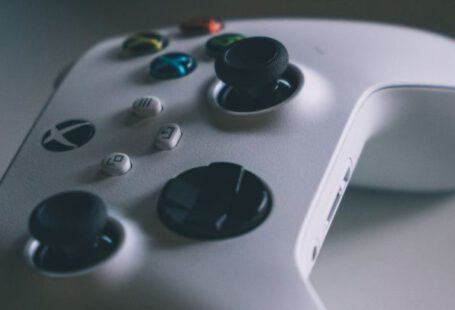Laptops have become an essential part of our daily lives, whether for work, school, or entertainment. However, when your laptop starts showing signs of wear and tear, it can be costly to have it repaired professionally. But fear not, as there are ways to perform DIY repairs on a budget laptop to save money and extend its lifespan. With a few tools, some patience, and a bit of know-how, you can tackle common laptop issues and have your device up and running in no time.
Assessing the Problem
The first step in performing a DIY repair on your budget laptop is to assess the problem. Is your laptop running slow? Is the screen cracked or malfunctioning? Are there issues with the keyboard or touchpad? By identifying the specific issue, you can narrow down the potential solutions and avoid wasting time and money on unnecessary repairs.
Cleaning and Maintenance
One of the most common reasons for laptop issues is dust and debris accumulation. Over time, dust can clog the internal components of your laptop, leading to overheating and performance issues. To combat this, you can perform a simple cleaning routine by using compressed air to blow out dust from the vents and fans. Additionally, wiping down the keyboard, screen, and touchpad with a microfiber cloth can help keep your laptop in top condition.
Upgrading Hardware
If your budget laptop is running slow or struggling to keep up with your tasks, upgrading the hardware can be a cost-effective solution. Adding more RAM, replacing the hard drive with a solid-state drive (SSD), or upgrading the processor can significantly improve the performance of your laptop without breaking the bank. Many online tutorials and guides are available to help you with the installation process, making it a feasible DIY project for tech-savvy individuals.
Replacing the Battery
Over time, the battery in your laptop may lose its capacity, leading to shorter battery life and frequent charging. Instead of buying a new laptop or paying for a professional battery replacement, you can easily swap out the battery yourself. Most budget laptops have removable batteries that can be accessed by removing a few screws or clips. Simply purchase a compatible replacement battery online and follow the manufacturer’s instructions to install it in your laptop.
Fixing Software Issues
Software problems can also cause your budget laptop to malfunction or run slowly. Common issues include malware infections, corrupted system files, or outdated drivers. Running a reputable antivirus program, performing regular system updates, and updating drivers can help resolve software-related issues and improve the overall performance of your laptop. Additionally, you can use built-in troubleshooting tools in Windows or macOS to diagnose and fix software problems without the need for professional assistance.
Troubleshooting Common Hardware Problems
If your budget laptop is experiencing hardware issues such as a cracked screen, malfunctioning keyboard, or faulty touchpad, you can troubleshoot these problems at home with the right tools and techniques. Online tutorials and forums can provide step-by-step instructions on how to replace a broken screen, fix a sticky keyboard, or repair a malfunctioning touchpad. By following these guides carefully and exercising caution, you can save money on costly repairs and keep your budget laptop in working condition.
In conclusion, performing a DIY repair on a budget laptop is a feasible and cost-effective solution for common issues such as slow performance, hardware malfunctions, or software problems. By assessing the problem, performing regular maintenance, upgrading hardware, replacing the battery, fixing software issues, and troubleshooting common hardware problems, you can extend the lifespan of your laptop without breaking the bank. With a bit of effort and resourcefulness, you can tackle laptop repairs at home and enjoy a fully functional device for years to come.





